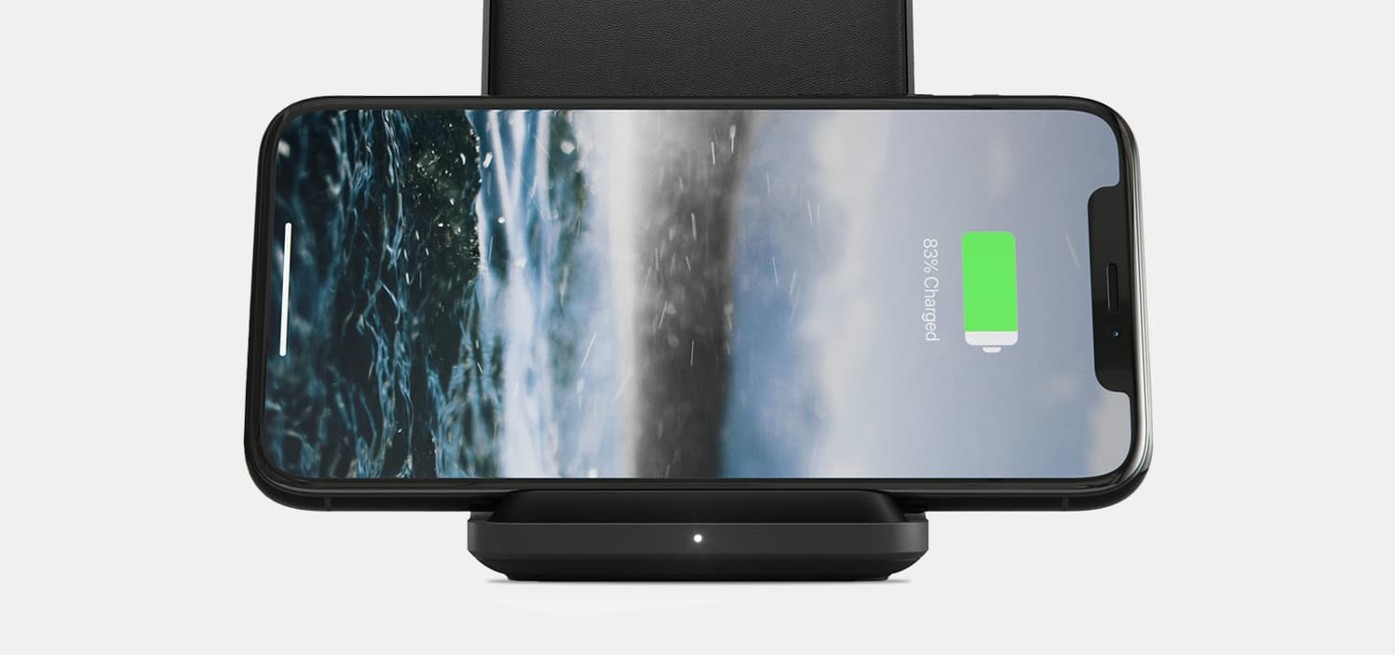
Buying Guide for Portable Signal Jammers
Key Takeaways Consideration Detail Product Weight Jammer Master’s portable jammers average 1.5Kg, significantly lighter than desktop models. Frequency Bands Capable of blocking multiple bands with
Free Worldwide Shipping & 1-Year Warranty!

Wireless signal blockers are devices that emit a blocking signal in order to prevent the transmission and reception of wireless signals. There are two main types of wireless signal blockers: directional and omnidirectional. Understanding the difference between these two types is crucial in determining which one to use in different scenarios.
Directional wireless signal blockers emit a blocking signal in only one direction, without affecting signals from other directions. This type of blocker is often referred to as having directional shielding. It shields a certain angle range on a horizontal plane, allowing signals to pass through in other directions. The signal transmitted by a directional wireless signal blocker can only travel forward, which enhances the strength of the signal blocking in front, while the blocking signal in other directions is almost zero or very weak. These blockers are typically used in environments with a small coverage area, long target distances, and far communication distances.
Omnidirectional wireless signal blockers, on the other hand, provide uniform shielding in a 360° range on a horizontal plane. They emit signals in all directions, hence the term “omnidirectional.” These blockers are commonly used in larger areas that require extensive coverage. Unlike directional blockers, they do not focus on a specific direction but instead provide equal shielding in all directions.
In practical applications, the choice between directional and omnidirectional wireless signal blockers depends on the specific requirements of the area to be covered. If multiple areas need to be covered, and these areas are distributed in different directions, an omnidirectional blocker is recommended. On the other hand, if the coverage is concentrated in one direction, a directional blocker is more suitable.
In conclusion, directional and omnidirectional wireless signal blockers serve different purposes based on the environment in which they are used. Directional blockers emit a blocking signal in one direction, enhancing the signal blocking strength in front, while omnidirectional blockers provide uniform shielding in all directions. Understanding the difference between these two types of blockers is essential in selecting the appropriate wireless signal blocker for a given scenario.
Our frequency checker tool will help you check all frequency bands used in all country.

Key Takeaways Consideration Detail Product Weight Jammer Master’s portable jammers average 1.5Kg, significantly lighter than desktop models. Frequency Bands Capable of blocking multiple bands with

In an age where the sky is dotted with drones, the importance of drone jammers has never been more significant. From commercial deliveries to personal

Protect your vehicle’s location privacy with a professional guide on GPS jammers. From selection to legal considerations and installation tips, we’ve got you covered. Key

Understanding Signal Blocker: How It Works and Its Applications Signal Blockers are devices that can disrupt mobile phone signals, preventing them from connecting to base

The Application and Benefits of High-Power Signal Jammers Enhancing Signal Blocking Efficiency in Various Environments In today’s technologically advanced world, the need for effective signal

Considerations for Purchasing Exam Room Signal Jammers Ensuring Effective Signal Jamming for Exam Integrity As the year approaches its end, many schools are preparing for

The Importance of Monitoring and Signal Interference Measures During Examinations During examination periods, it is crucial to closely monitor the examination venues and their surrounding

Selecting the Appropriate Cell Phone Jammer for Theaters and Auditoriums Overcoming Challenges in Installation and Maximizing Signal Disruption The Importance of Cell Phone Jamming in

Remote Control of Cell Phone Jammers via Smartphone: A Possibility? With the rapid development of the Internet of Things (IoT), numerous smart home devices have